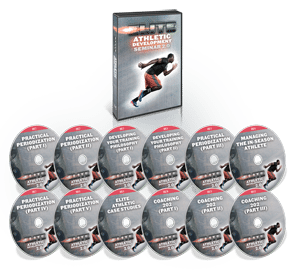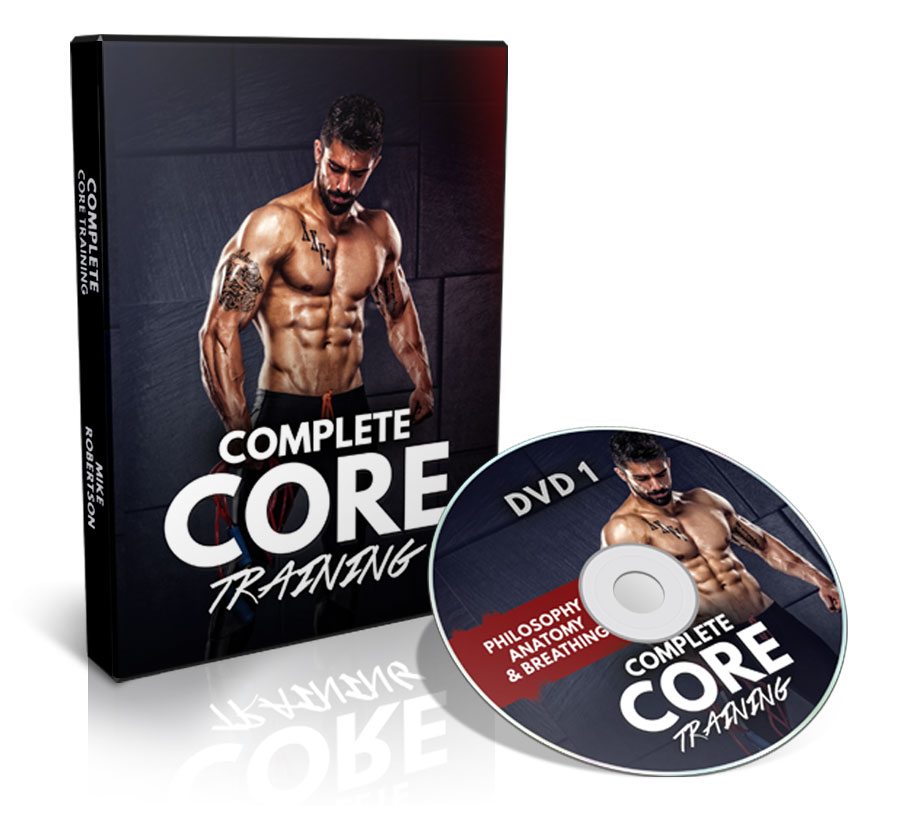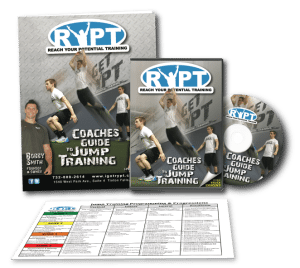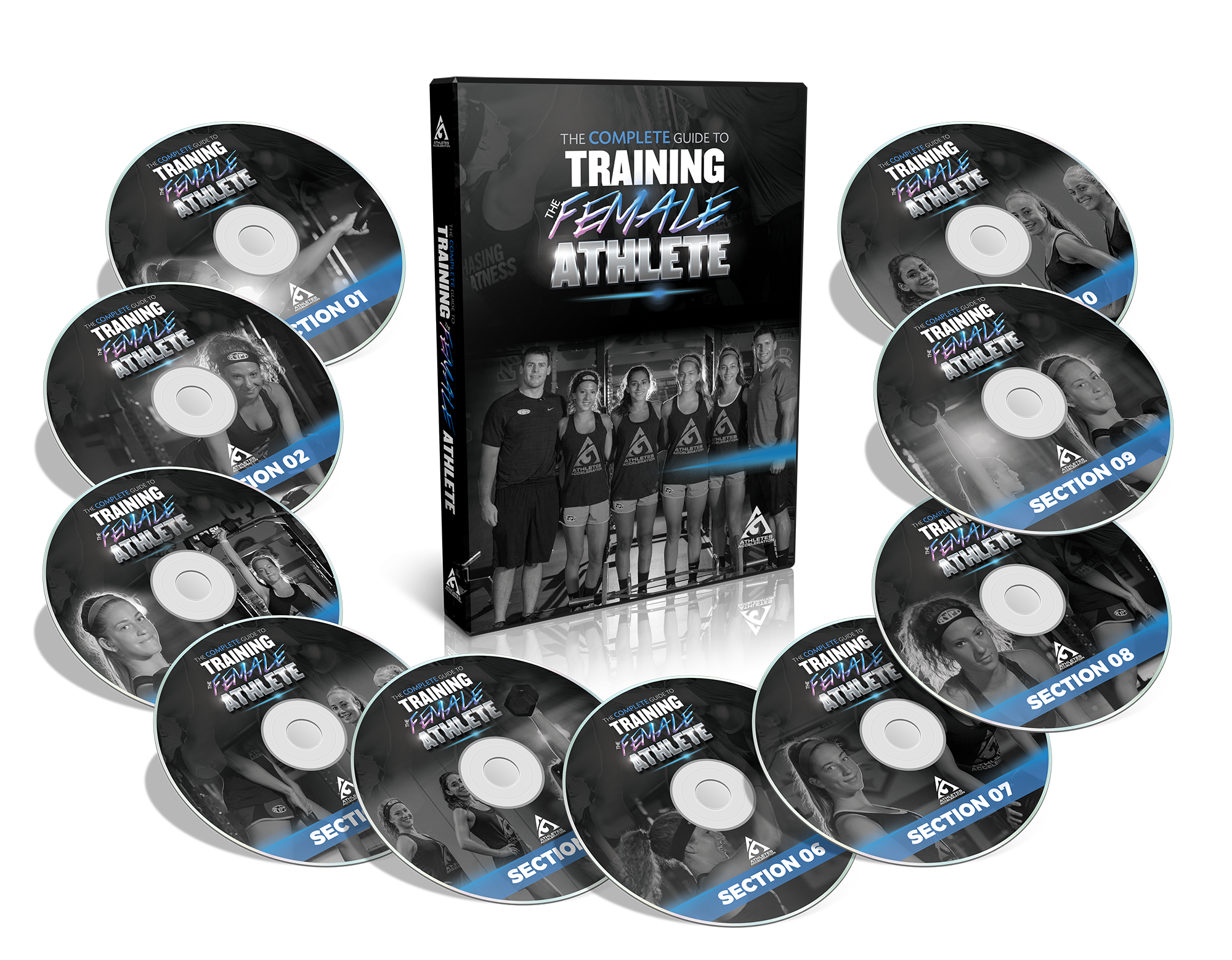Block Zero Bullet Points
Kenn, J (2009). How to Prepare Your Athletes for Collegiate and NFL Weight Programs. American Football Monthly. 15(9).
What suggestions would you give to high school strength coaches to prepare their athletes for collegiate strength programs?
Joe Kenn MA MSCC CSCS*D
In an era where physical fitness is at an all time low, I feel it is imperative that coaches at the high school level understand they are not getting the same type of athletes coaches worked with decades before. With the de-emphasis of general physical education at the elementary and middle school levels we are seeing an alarming rate of youth obesity and lack of general “play”. The roles of unorganized after school play or pickup games where the kids are active are rarely seen in most communities. Almost all sport is played in some type of organized fashion and specialization of sport has become common place.
With that being said, I believe the following issues must be addressed to secure the overall health of the athlete throughout his sport career regardless of longevity. These 4 Bullet Points are the foundation of our incoming athletes program – BLOCK ZERO.
1. Don’t Assume the Athletic Position!
We use the term athletic position as it relates to the basic fundamental “stance” in competitive sports. In football it is easily referred to as the Linebacker stance. Coaches beware, many of the athletes we see cannot get into this position naturally. It must be taught even to the most gifted players. Generally we see three positions when we train the athletic position, A – knee bender [knees pushed forward, heels off the ground, hips still in full extension], B – waist bender [bent over at the waist, chest down, knees extended], C – hip and knee bender [athlete naturally can assume a basic quarter squat position]. Obviously “C” is the goal for each athlete.
2. Mobility and Stability
As we build off the Athletic Position, our athletes go through a series of mobility drills [similar to a basic running session prep work] and stability drills [isometric and quasi isometric holds, planks] to increase dynamic flexibility as well as kinesthetic awareness, balance, coordination, and core strength.
3. Internal Resistance over External Resistance
We consistently are seeing more shoulder and low back injuries from our incoming athletes. We feel this is because most of these athletes are being asked to perform movements with external loads with a disregard to their ability to handle internal loading or “relative/gymnastics” strength. This is the ability to perform movements with efficient technique with their own bodyweight. How can we expect a 300 pound high school lineman to squat 500 pounds when he cannot perform a bodyweight squat to parallel? How can we expect him to bench press 400 when he cannot perform a quality push up or dead hang chin up? Creating a relative strength circuit to develop proper movement qualities, full range of motion, and overall strength are critical abilities in establishing future technique success.
4. Exercise Technique
The more efficiently an athlete can move a resistance the greater the transfer ability to athleticism. It is extremely important to “slow cook” your athletes. Take the time to establish your teaching progressions for your foundation lifts and cycle these movements through a carefully organized plan. We must also teach them proper running, jumping, and landing mechanics realizing that most of these athletes have not experienced “jumping out of trees”. We are constantly talking to our athletes about applying force into the ground but, we must also teach them how to absorb force [landing]. Ask yourself this question, how important is it really for a 9th or 10th grader to post weight room numbers in their overall development? You will have these athletes for 4 years.
In closing we must remember as performance coaches that our athletes are football players first and foremost and that we are here to service them and give them the tools to become successful athletes and improve the general physical fitness and athletic attributes. Their sport coaches in particular their position coaches will give them the specific skills required to achieve success on the playing field.







